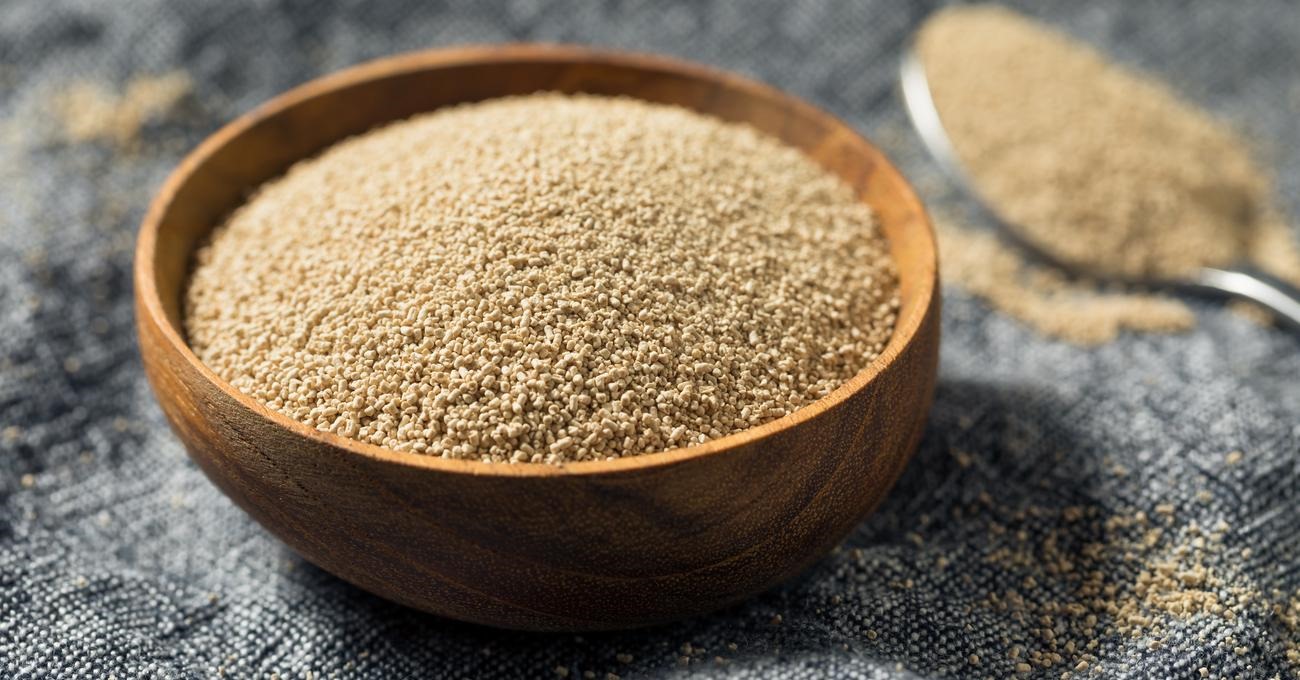

Articles
How To Store Dry Yeast Long Term
Modified: December 7, 2023
Looking for articles on how to store dry yeast long term? Discover expert tips and tricks to ensure your yeast stays fresh and active for extended periods.
(Many of the links in this article redirect to a specific reviewed product. Your purchase of these products through affiliate links helps to generate commission for Storables.com, at no extra cost. Learn more)
Introduction
Dry yeast is a versatile and essential ingredient in the world of baking. It is used to leaven bread, enhance the flavor of dough, and create light and fluffy pastries. However, if not stored correctly, dry yeast can lose its potency and effectiveness over time. As a result, it is crucial to understand how to store dry yeast properly to ensure its long-term viability.
Dry yeast is different from fresh yeast in that it has been dehydrated to remove its moisture content. This dehydration process extends its shelf life significantly, making it a convenient and economical choice for bakers. However, even though dry yeast has a longer shelf life compared to fresh yeast, it still requires proper storage to maintain its quality.
Several factors can affect the storage and longevity of dry yeast. The key considerations include temperature, moisture, exposure to oxygen, and the sealing method used. By understanding these factors and implementing the appropriate storage techniques, you can extend the shelf life of your dry yeast and ensure it remains potent for longer.
In this article, we will explore the optimal storage conditions for dry yeast and discuss different methods of storing it, including in the pantry, refrigerator, and freezer. We will also delve into the technique of vacuum sealing to further extend the shelf life of dry yeast. Additionally, we will provide insights into testing yeast viability to determine if it is still active and suitable for use.
By following the guidelines and recommendations outlined in this article, you can confidently store dry yeast long term, ensuring that you always have active and reliable yeast on hand for your baking adventures.
Key Takeaways:
- Proper storage of dry yeast is crucial to maintain its viability. Follow guidelines for temperature, moisture, and oxygen exposure to ensure long-term effectiveness.
- Storing dry yeast in the pantry, refrigerator, or freezer can extend its shelf life. Vacuum sealing and testing viability further ensure yeast potency.
Read more: How To Store Yeast Long Term
Understanding Dry Yeast
Dry yeast, also known as instant yeast or active dry yeast, is a type of yeast used as a leavening agent in baking. It comes in granulated form and has a longer shelf life compared to fresh yeast. Dry yeast is a popular choice among home bakers and professionals alike due to its convenience and ease of use.
The process of producing dry yeast involves dehydrating fresh yeast to remove its moisture content. This dehydration process preserves the yeast and increases its shelf life, allowing it to be stored for extended periods without refrigeration.
Dry yeast is labeled as either active dry yeast or instant yeast. Active dry yeast needs to be proofed or activated before use by dissolving it in warm water or milk with a pinch of sugar. This step ensures the yeast is alive and active. On the other hand, instant yeast does not require proofing and can be added directly to dry ingredients. Instant yeast is more finely milled and dissolves rapidly, making it convenient for both home bakers and professionals.
Both types of dry yeast work by feeding on sugar in the dough and producing carbon dioxide gas, which causes the dough to rise. The yeast cells undergo fermentation during this process, releasing alcohol and carbon dioxide. The carbon dioxide gets trapped in the dough, creating air pockets that give bread its light and airy texture.
Dry yeast is versatile and can be used in a wide range of baked goods, including bread, pizza dough, rolls, and pastries. It is known for its consistent performance and reliability, providing excellent results in various baking applications.
When choosing dry yeast, it is essential to check the expiration date and choose a reputable brand to ensure the highest quality. Freshness and viability are crucial for achieving the desired rise and texture in your baked goods.
Now that we have a better understanding of dry yeast and how it works, let’s explore the factors that can affect the storage and longevity of this essential baking ingredient.
Factors Affecting Yeast Storage
Proper storage is vital to maintain the viability and effectiveness of dry yeast. Several factors can affect the storage and shelf life of yeast, including:
- Temperature: Yeast is sensitive to temperature fluctuations. High temperatures can accelerate the yeast’s activity and reduce its shelf life, while low temperatures can slow down its activity and preserve its viability. Therefore, it is important to store dry yeast in a cool environment.
- Moisture: Moisture is the enemy of dry yeast. Excess moisture can activate the yeast prematurely, leading to a decline in its potency. It can also cause clumping and reduce the overall effectiveness of the yeast. Keeping dry yeast in a dry environment is crucial for its longevity.
- Oxygen Exposure: Exposure to oxygen can also have a negative impact on the viability of yeast. Oxygen can oxidize the yeast cells, leading to a decline in their vitality and effectiveness. It is important to minimize oxygen exposure by sealing the yeast container tightly.
- Light: Yeast is sensitive to light, especially natural and direct sunlight. UV rays can damage yeast cells and reduce their viability. Storing dry yeast in a dark environment, such as a pantry or a refrigerator, can help to protect it from light exposure.
- Contamination: Contamination with foreign substances, such as spices, oils, or moisture from other ingredients, can affect the quality and viability of yeast. It is crucial to store yeast in a tightly sealed container away from any potential contaminants.
By taking these factors into consideration, you can create optimal storage conditions for your dry yeast and ensure its long-term viability. In the next sections, we will explore the different storage methods, including storing yeast in the pantry, refrigerator, and freezer, to further extend its shelf life.
Optimal Storage Conditions
To ensure the long-term viability and effectiveness of dry yeast, it is crucial to create optimal storage conditions. These conditions involve maintaining the right temperature, moisture levels, and protection from oxygen, light, and contamination. Here are some guidelines to follow:
- Temperature: The ideal storage temperature for dry yeast is between 32°F (0°C) and 50°F (10°C). This temperature range helps to slow down the yeast’s activity and prolong its shelf life. Avoid exposing the yeast to high temperatures, as it can reduce its potency. Keep in mind that fluctuations in temperature can also affect yeast viability, so it’s best to store it in a cool and consistent environment.
- Moisture: Dry yeast should be stored in a dry environment to prevent moisture absorption. Moisture can activate the yeast prematurely and diminish its effectiveness. Ensure that the yeast container is tightly sealed and kept away from humid areas, such as the sink or dishwasher.
- Oxygen Exposure: Oxygen exposure can lead to oxidation and deterioration of yeast cells. To minimize oxygen exposure, store dry yeast in an airtight container. Avoid using containers with loose-fitting lids or transferring yeast into containers that allow air to enter.
- Light: Yeast is sensitive to light, especially UV rays from sunlight. Exposure to light can damage yeast cells and reduce their viability. Store dry yeast in a dark and cool place, such as a pantry or a cupboard, away from direct sunlight.
- Contamination: Protect dry yeast from contamination by storing it in a clean and isolated container. Avoid storing yeast near strong-smelling ingredients, such as spices, garlic, or onions, as yeast can absorb odors. Ensure that the container is clean and free from any potential contaminants that may affect the yeast’s quality.
By following these optimal storage conditions, you can ensure that your dry yeast remains potent and viable for an extended period. Next, we will explore different storage methods for dry yeast, including storing it in the pantry, refrigerator, and freezer.
Storing Dry Yeast in the Pantry
The pantry is a convenient and accessible location for storing dry yeast. If you plan to use the yeast within a few months, storing it in the pantry can be an ideal option. Here are some guidelines for storing dry yeast in the pantry:
- Choose the right container: Transfer the dry yeast from its original packaging to an airtight container. This will protect it from exposure to oxygen, moisture, and contaminants.
- Select a cool and dark spot: Find a cool and dark spot in your pantry to store the yeast. Ensure that the temperature remains within the recommended range of 32°F (0°C) to 50°F (10°C). Avoid placing the yeast near heat sources, such as the stove or oven.
- Avoid proximity to strong odors: Keep the yeast away from strong-smelling ingredients, as yeast can absorb odors easily.
- Check the expiration date: Prior to storing the yeast, check the expiration date on the original packaging. If the yeast is close to or past its expiration date, consider discarding it and purchasing a fresh batch.
- Frequent use: If you use yeast regularly, it is unlikely that it will sit in the pantry for an extended period. However, it is still important to periodically check the condition of the yeast to ensure its viability.
Storing dry yeast in the pantry is convenient for quick and regular use. However, if you plan to store dry yeast for a longer period or if you live in a warm climate, it may be more suitable to store it in the refrigerator or freezer, as we will explore in the following sections.
Store dry yeast long term by keeping it in an airtight container in the refrigerator or freezer. This will help maintain its viability and extend its shelf life.
Read more: How To Store Dry Yeast
Storing Dry Yeast in the Refrigerator
If you want to extend the shelf life of dry yeast beyond a few months, storing it in the refrigerator is a great option. The cooler temperature and controlled environment of the fridge help to slow down the yeast’s activity and maintain its potency. Here are some steps to follow when storing dry yeast in the refrigerator:
- Transfer to an airtight container: Like storing in the pantry, transfer the dry yeast from its original packaging to an airtight container. This will provide additional protection from moisture and contaminants.
- Select the right spot: Find a spot in the refrigerator where the temperature is consistent and not subject to frequent changes. The back of the refrigerator or the designated vegetable or deli drawer are ideal options.
- Keep away from strong odors: Just like in the pantry, it’s important to keep the yeast away from strong-smelling foods to prevent absorption of odors.
- Check the temperature: Ensure that the refrigerator temperature is set within the recommended range of 32°F (0°C) to 50°F (10°C). Avoid placing the yeast near the freezer compartment, as extremely cold temperatures can inadvertently freeze the yeast and affect its viability.
- Monitor the yeast’s condition: Check the yeast periodically to ensure it remains dry and free from any signs of clumping or moisture. If you notice any changes in texture or color, it may be a sign of diminished viability.
Storing dry yeast in the refrigerator can significantly extend its shelf life, allowing you to keep it on hand for several months. However, if you plan to store it for an even longer period, the freezer is the most suitable option, as we will discuss in the next section.
Storing Dry Yeast in the Freezer
If you want to store dry yeast for an extended period, the freezer is the most effective option. The cold temperatures in the freezer put the yeast in a dormant state, preserving its viability for a much longer time. Here’s how to properly store dry yeast in the freezer:
- Transfer to an airtight container: As with other storage methods, transfer the dry yeast to an airtight container to protect it from air and moisture. Make sure the container is freezer-safe and tightly sealed.
- Label and date: It’s essential to label the container with the contents and the date of storage. This will help you keep track of the yeast’s freshness and enable you to use the oldest batches first.
- Select the coldest section: Find the coldest section of your freezer, such as the back or bottom section, where the temperature remains consistently low. Avoid placing the yeast near the freezer door, as it may be exposed to temperature fluctuations when the door is opened frequently.
- Protect from moisture: Moisture can still affect the yeast’s viability even in the freezer. Ensure that the yeast container is well-sealed and protected from any moisture sources within the freezer, such as ice or frost.
- Check when needed: When you need to use the yeast, remove it from the freezer and allow it to come to room temperature before using it in your recipes. Once thawed, use the yeast promptly.
When stored properly in the freezer, dry yeast can retain its viability for up to a year or even longer. This is especially useful if you anticipate sporadic or infrequent use of yeast, as it allows you to have a reliable supply on hand whenever you need it. Just remember to seal the container tightly and protect it from any moisture to maintain the yeast’s quality.
Now that we have covered the different methods of storing dry yeast, let’s explore a technique that can further extend its shelf life: vacuum sealing.
Extending Yeast Shelf Life with Vacuum Sealing
A popular technique for enhancing the shelf life of dry yeast is vacuum sealing. By removing air and creating airtight conditions, vacuum sealing helps to protect yeast from oxygen exposure, moisture, and other contaminants that can affect its potency. Here’s how you can extend the shelf life of dry yeast with vacuum sealing:
- Prepare the yeast: Transfer the dry yeast into an airtight bag or a vacuum sealing container specifically designed for food storage.
- Vacuum seal the container: If you are using a vacuum sealing machine, follow the manufacturer’s instructions to vacuum seal the container. If using an airtight bag, squeeze out as much air as possible before sealing it tightly.
- Label and date: It’s important to label the vacuum-sealed container or bag with the contents and the date of vacuum sealing. This will help you keep track of the yeast’s freshness.
- Store in a cool place: After vacuum sealing, store the yeast in the refrigerator or freezer to maximize its shelf life. Follow the guidelines mentioned earlier for storing yeast in the refrigerator or freezer.
- Check for the seal: Before using the yeast, make sure that the vacuum-sealed container or bag is intact and airtight. If there are any signs of damage or air seepage, consider discarding the yeast.
Vacuum sealing can significantly prolong the shelf life of dry yeast, preserving its potency and freshness for an extended period. It is a great option if you want to stock up on yeast for long-term storage or if you want to ensure your yeast remains viable between infrequent baking sessions.
However, it’s important to note that once you break the vacuum seal and open the container or bag, the yeast will be exposed to oxygen and its shelf life will be reduced. Therefore, it’s advisable to portion the yeast into smaller quantities and only vacuum seal what you need for each use.
Next, let’s explore a simple method to test the viability of dry yeast before using it in your recipes.
Testing Yeast Viability
Before using dry yeast in your recipes, it is essential to test its viability to ensure it is still active and capable of properly leavening your baked goods. While proper storage techniques can help preserve yeast’s potency, it’s always a good idea to check its viability, especially if it has been stored for an extended period. Here’s a simple method to test yeast viability:
- Proof the yeast: Dissolve a teaspoon of dry yeast in lukewarm water (around 110°F/43°C) with a pinch of sugar. Stir gently and let it sit undisturbed for about 5-10 minutes.
- Look for foam: After a few minutes, check the surface of the yeast mixture. If the yeast is still active and viable, it will start to form a layer of foam on top of the water. The foam indicates that the yeast is alive and ready to be used.
- Check for a pleasant aroma: Additionally, you can also smell the yeast mixture. Active and healthy yeast should have a pleasant and slightly sweet aroma. If the yeast smells off or has a strong and unpleasant odor, it may be best to discard it and obtain fresh yeast.
If the yeast mixture does not foam or shows minimal activity, it may indicate that the yeast is no longer active or has lost its potency. In this case, it’s advisable to discard the yeast and use fresh yeast for optimal results in your baking.
Regularly testing the viability of stored dry yeast ensures that you won’t compromise the rise and texture of your baked goods. It’s also a good practice to test yeast viability before embarking on a large baking project or if the yeast has been stored for an extended period.
Now that we have covered the importance of testing yeast viability, let’s summarize the key points discussed in this article.
Read more: How To Store Dry Food Long Term
Conclusion
Proper storage of dry yeast is essential to maintain its viability and effectiveness for long-term use. By understanding the factors that can affect yeast storage, such as temperature, moisture, oxygen exposure, light, and contamination, you can create optimal conditions to extend its shelf life.
Storing dry yeast in the pantry is suitable for short-term use, while the refrigerator can prolong its shelf life for a few months. If you want to store dry yeast for an extended period, the freezer is the most effective option, provided that it is well-sealed and protected from moisture.
Vacuum sealing is a great technique to extend the shelf life of dry yeast even further by creating airtight conditions. However, it’s important to remember that once the vacuum seal is broken, the yeast’s shelf life will be reduced, so it’s advisable to portion it into smaller quantities.
Before using dry yeast in your recipes, it’s recommended to test its viability by proofing it in lukewarm water. The presence of foaming and a pleasant aroma indicates that the yeast is actively alive and ready to leaven your baked goods.
By following these guidelines and techniques for storing dry yeast, you can ensure that your yeast remains potent and reliable for all your baking endeavors. Remember to check the expiration date, use high-quality yeast from reputable brands, and always store it in a dry, cool, and dark place.
So, whether you’re a seasoned baker or a passionate home cook, proper storage and testing of dry yeast will help you achieve light, fluffy, and delicious baked goods every time!
Frequently Asked Questions about How To Store Dry Yeast Long Term
Was this page helpful?
At Storables.com, we guarantee accurate and reliable information. Our content, validated by Expert Board Contributors, is crafted following stringent Editorial Policies. We're committed to providing you with well-researched, expert-backed insights for all your informational needs.
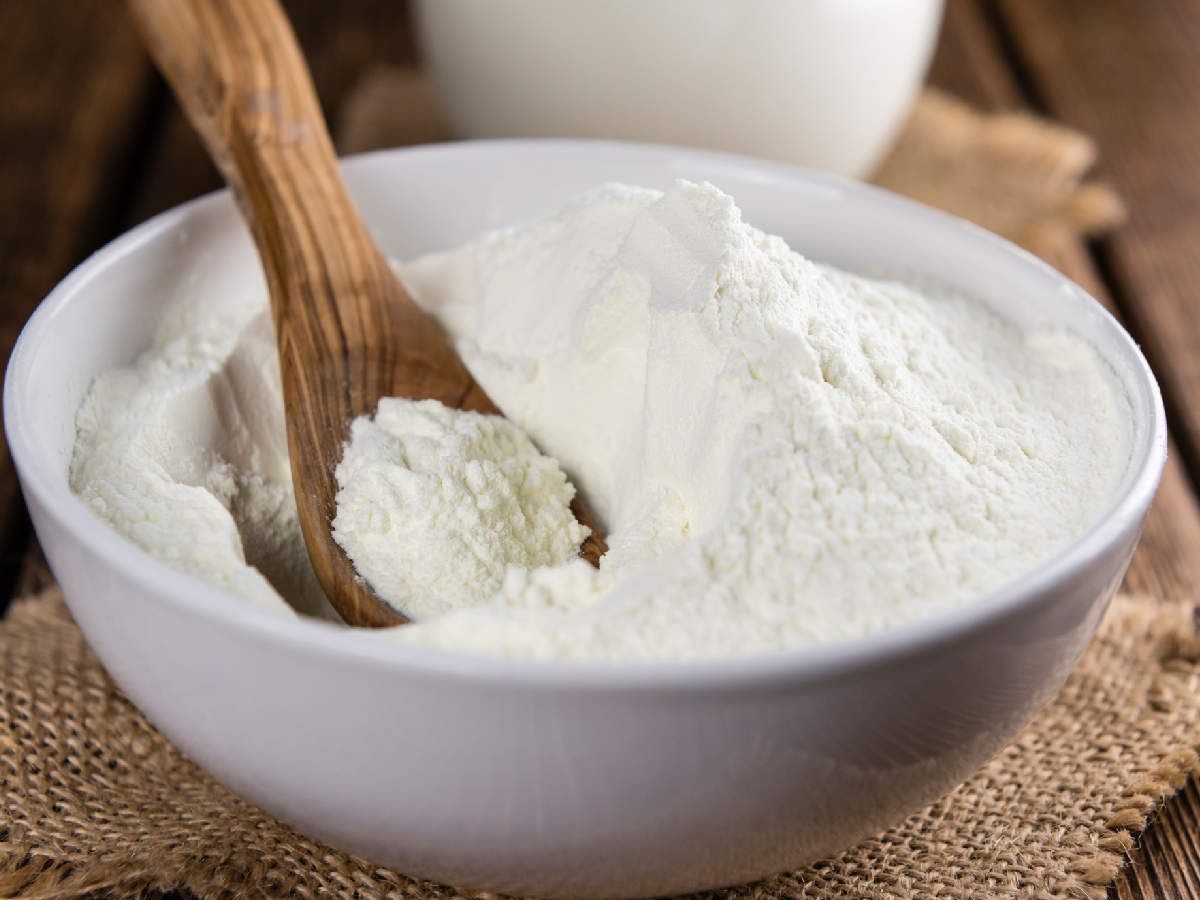
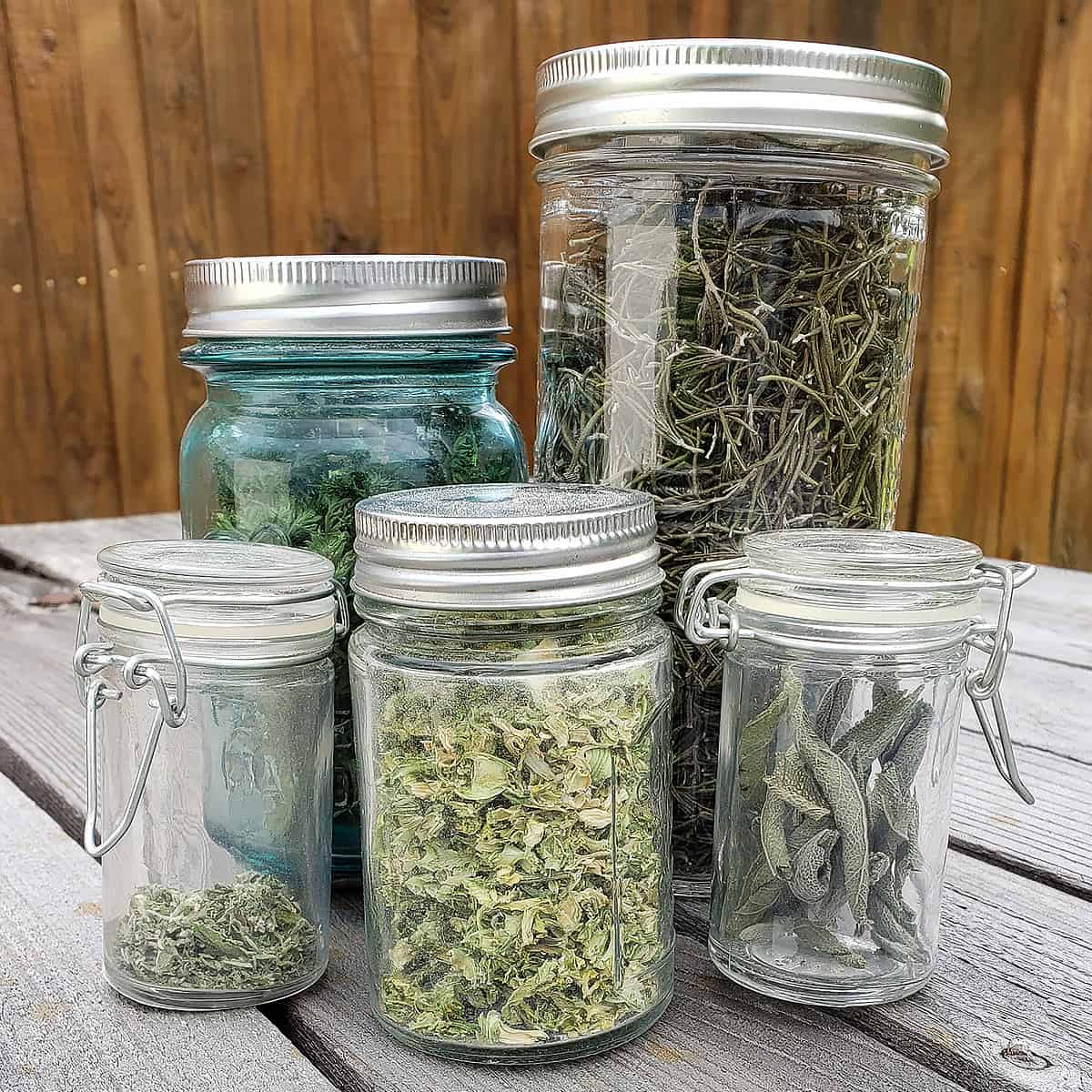
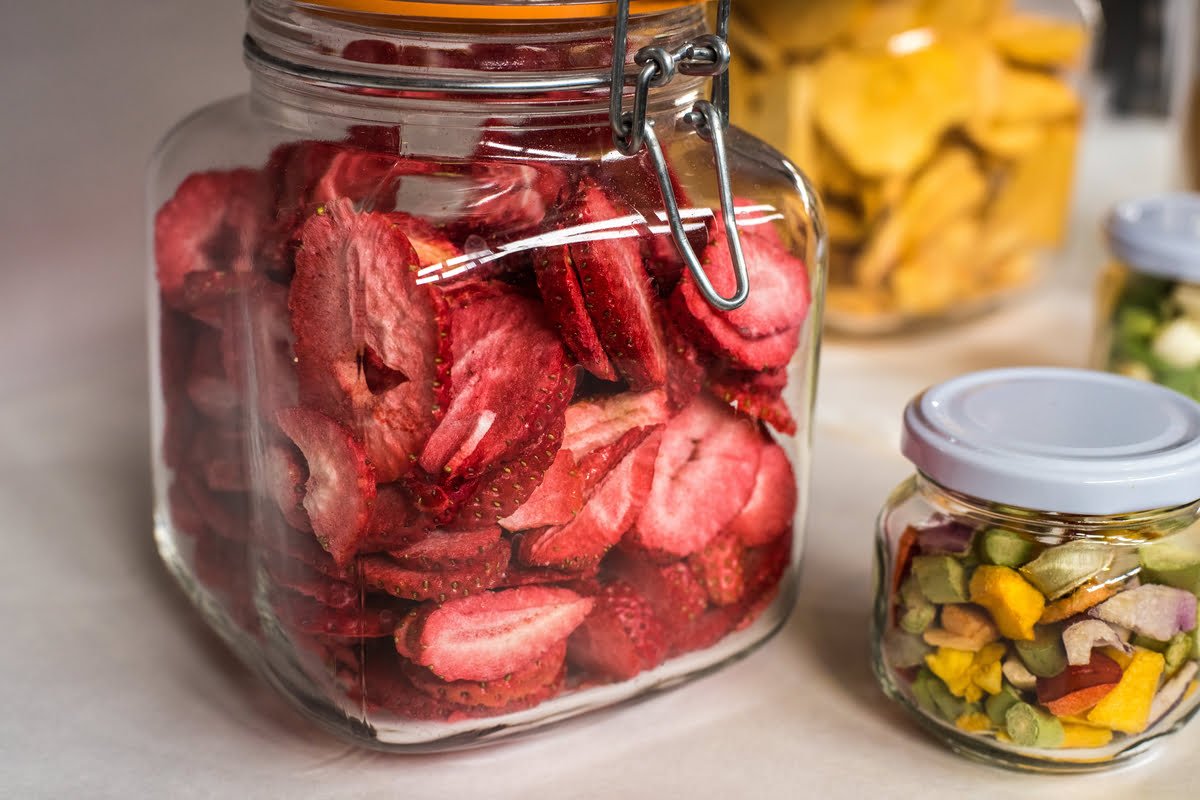
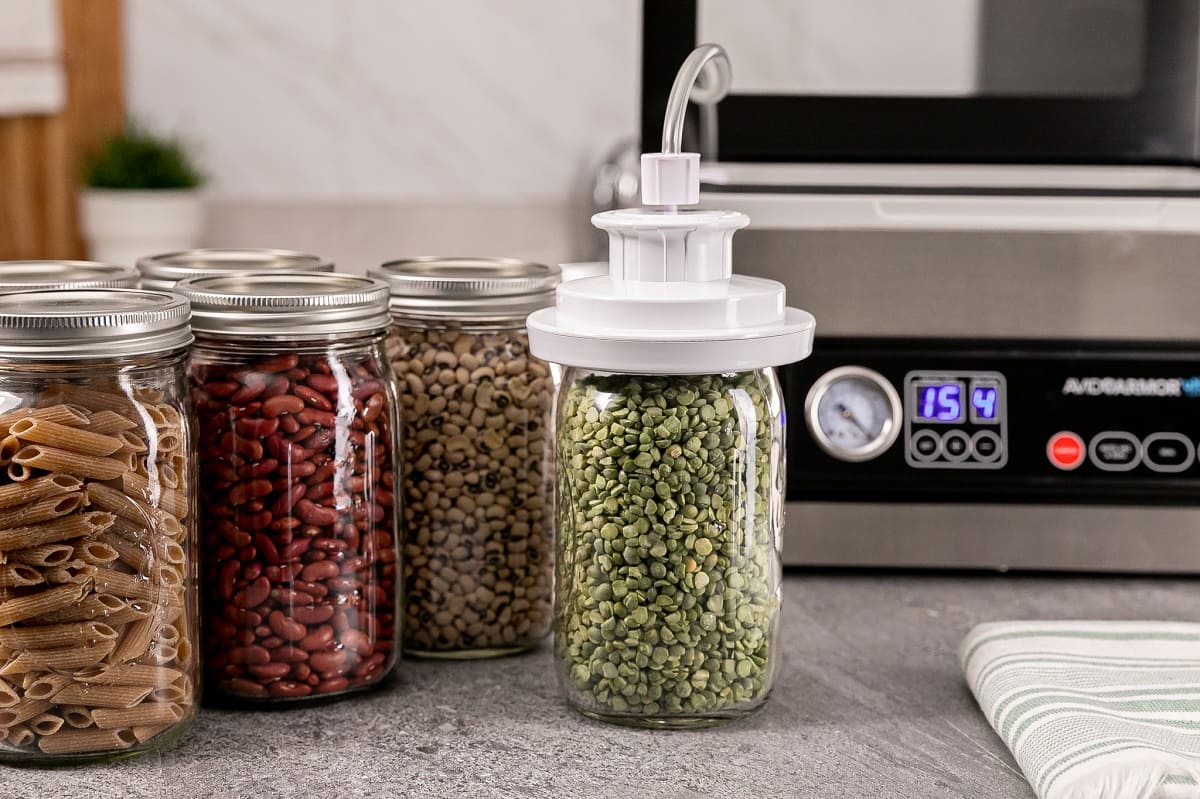
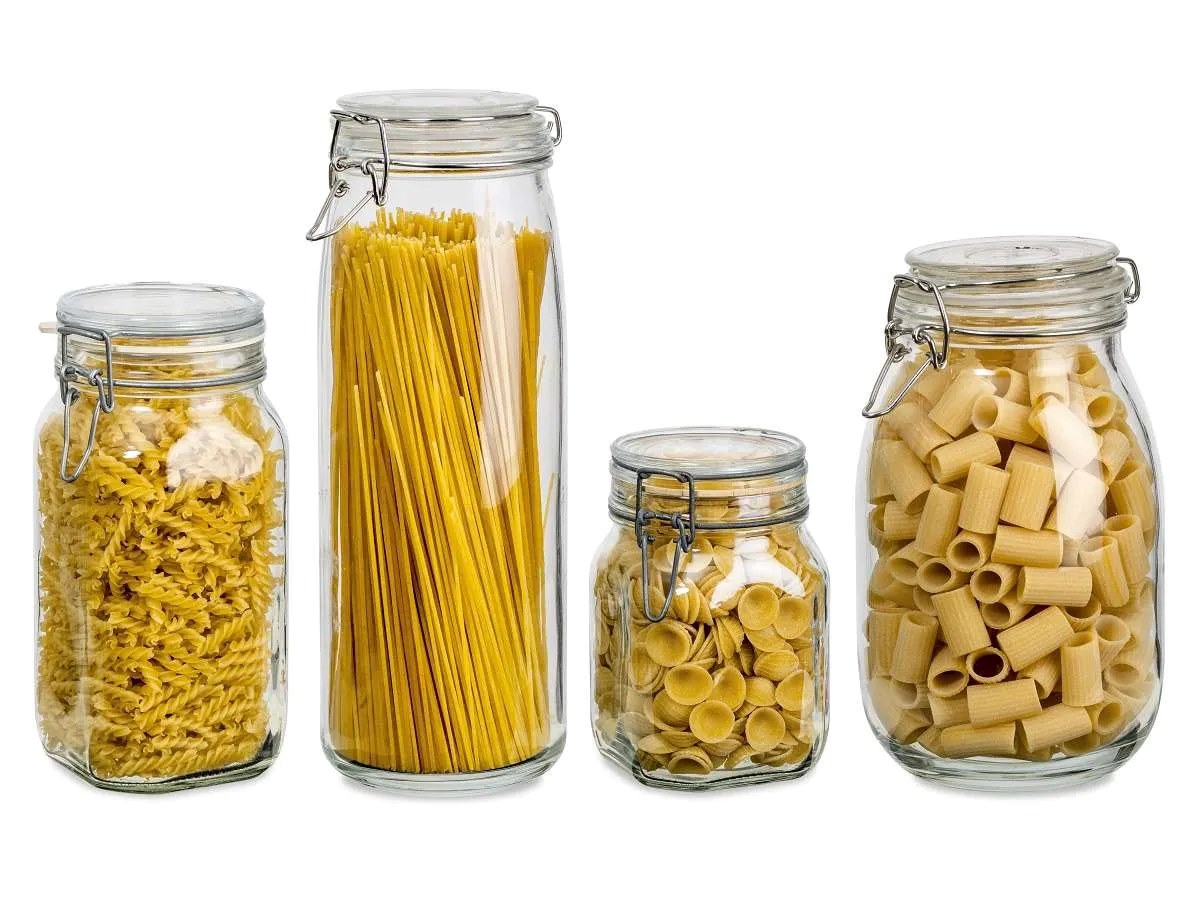
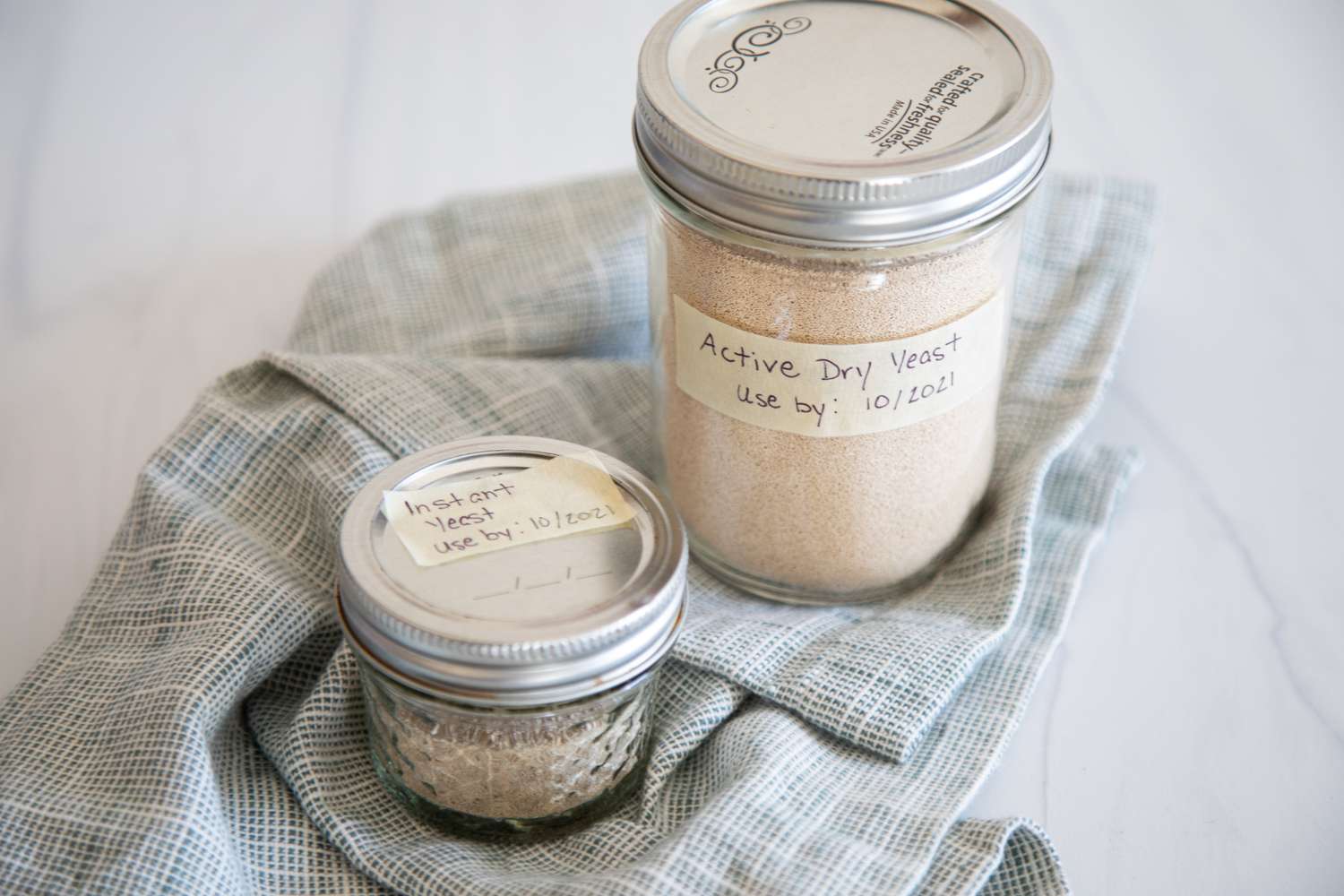
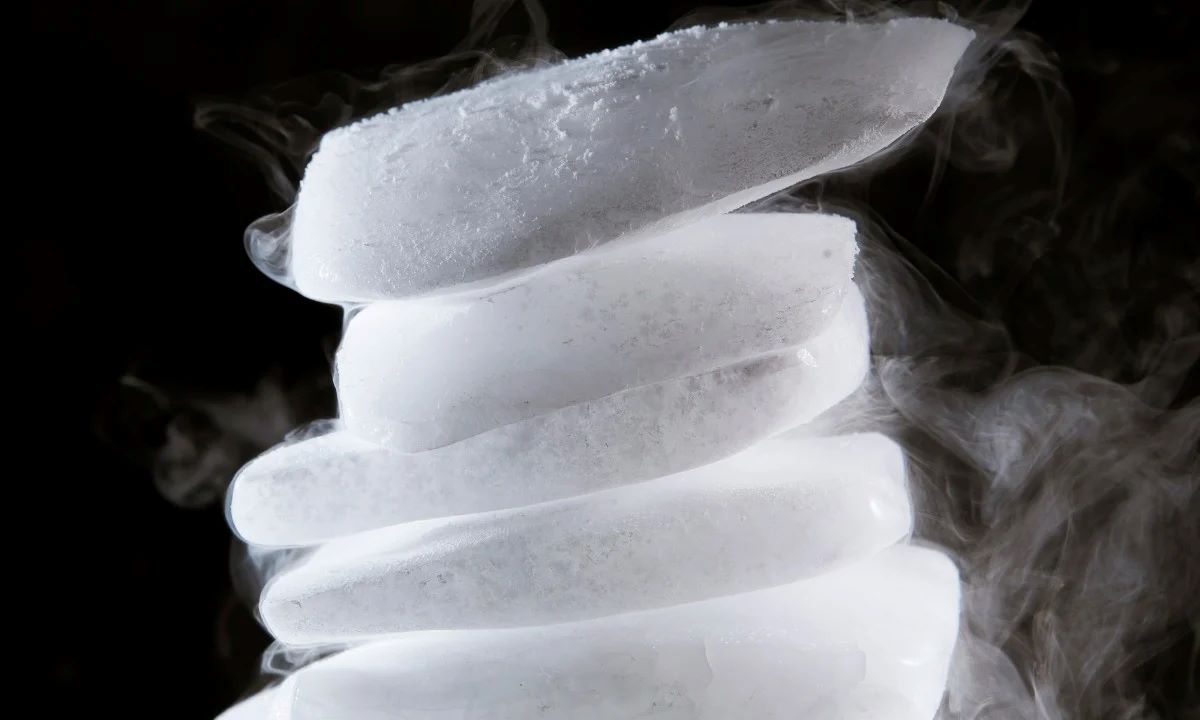
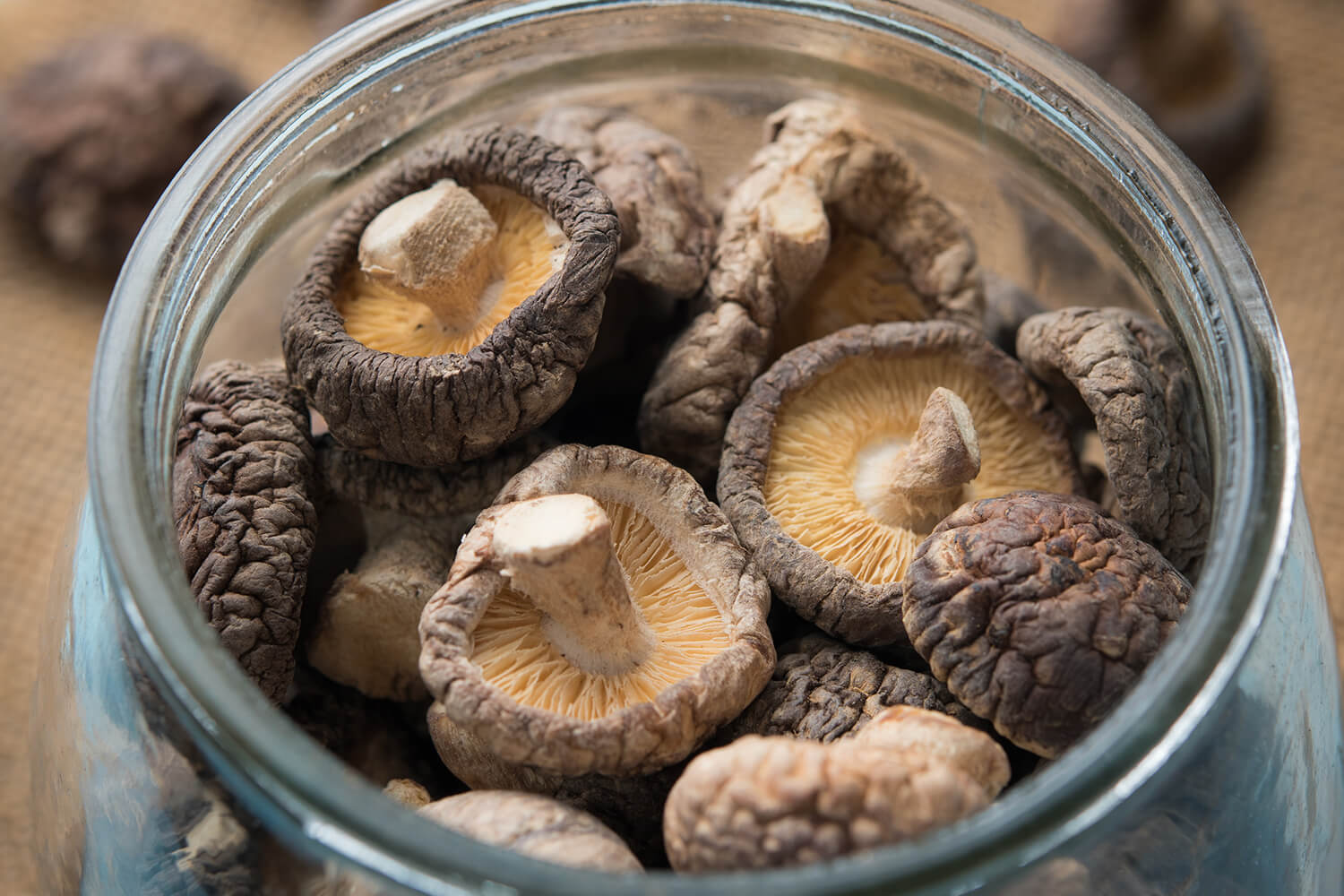
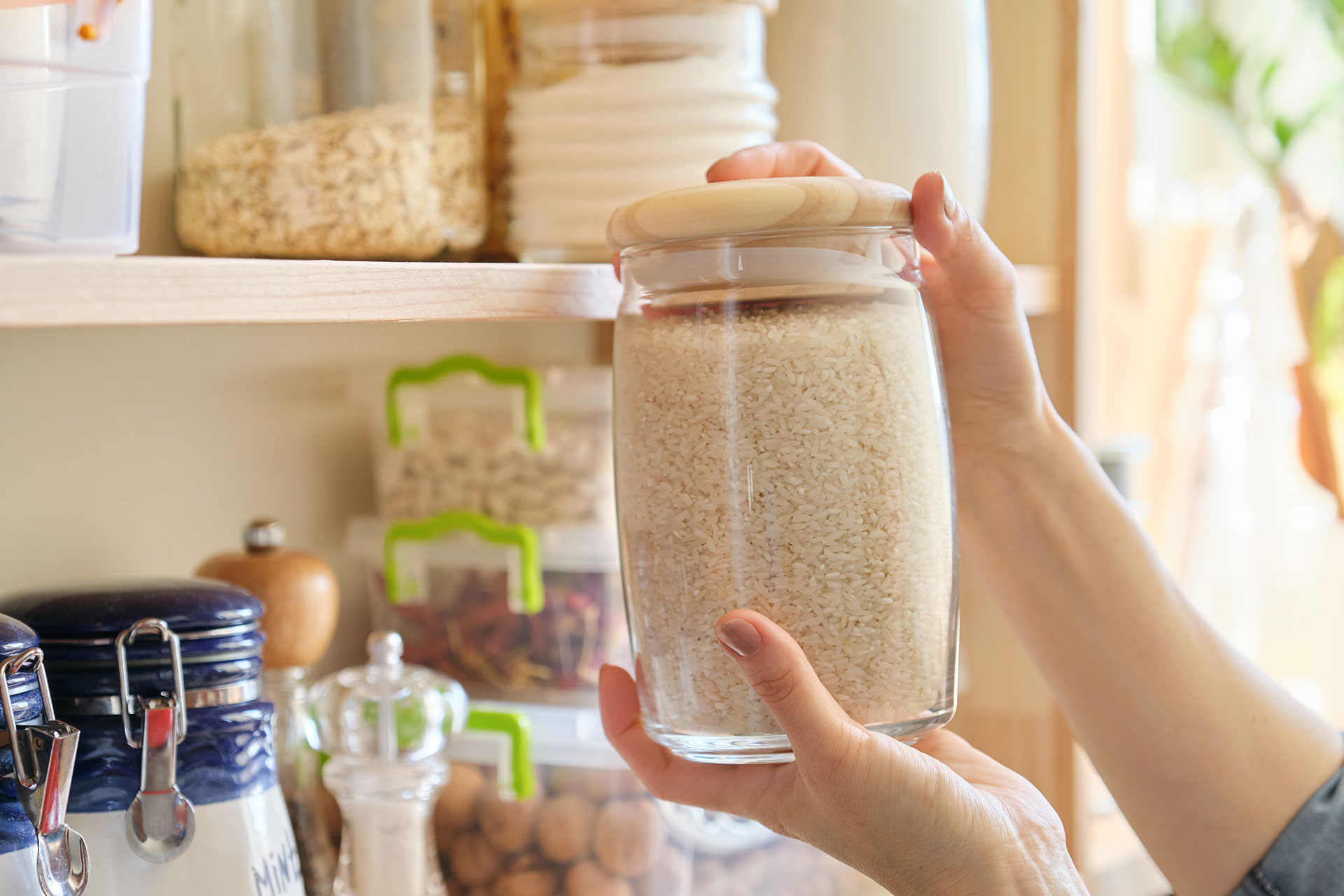
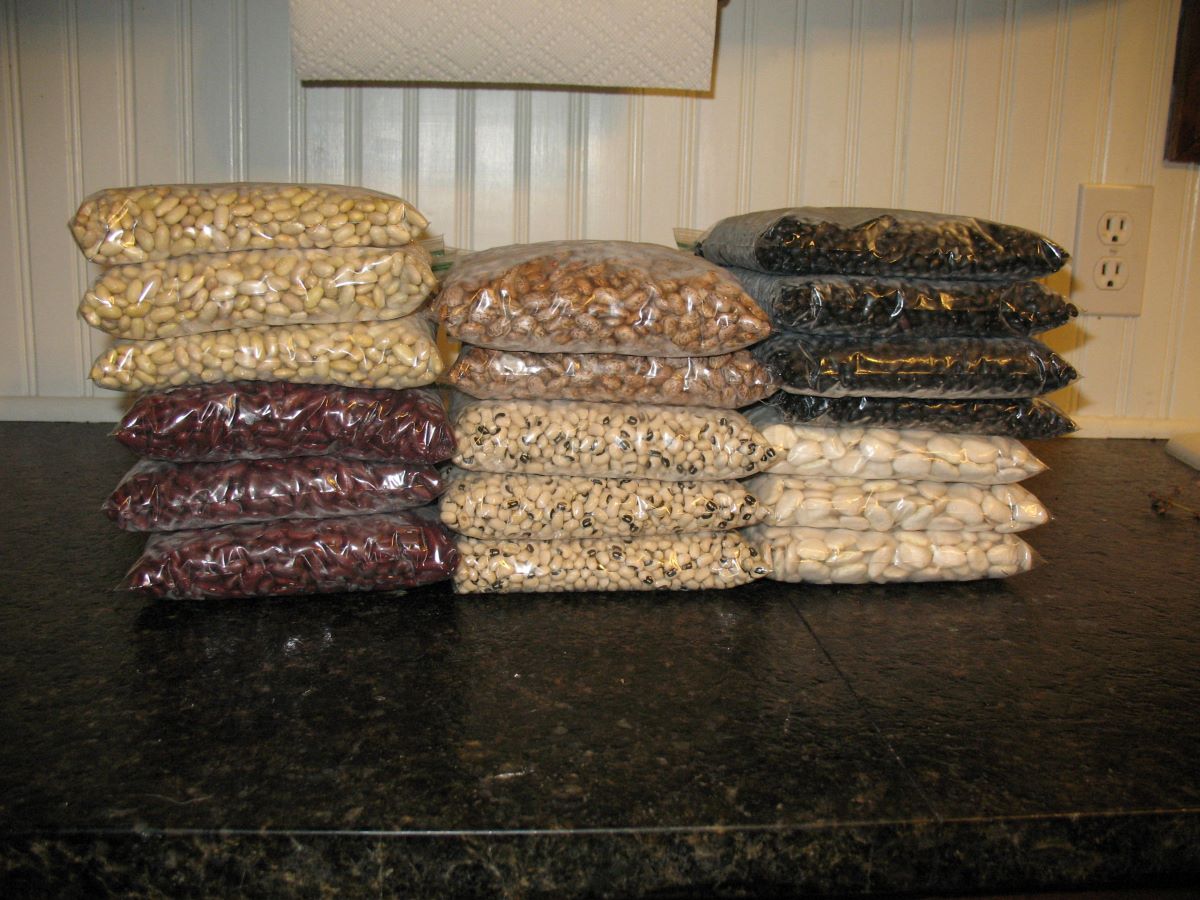
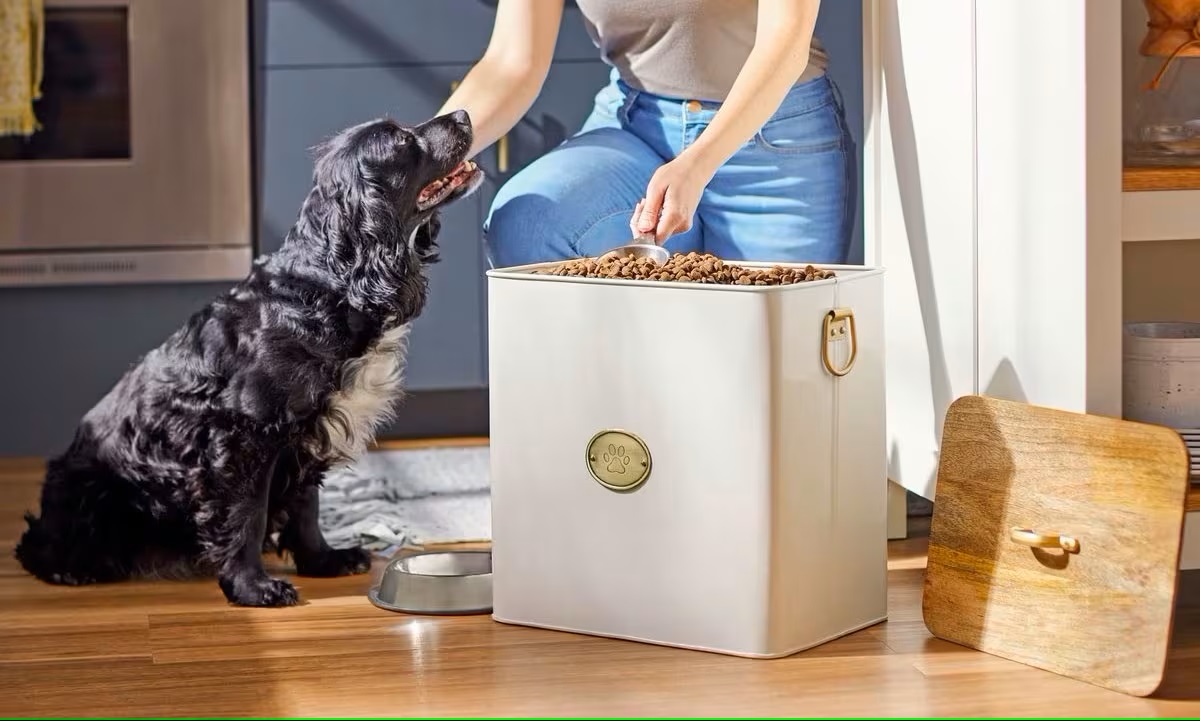
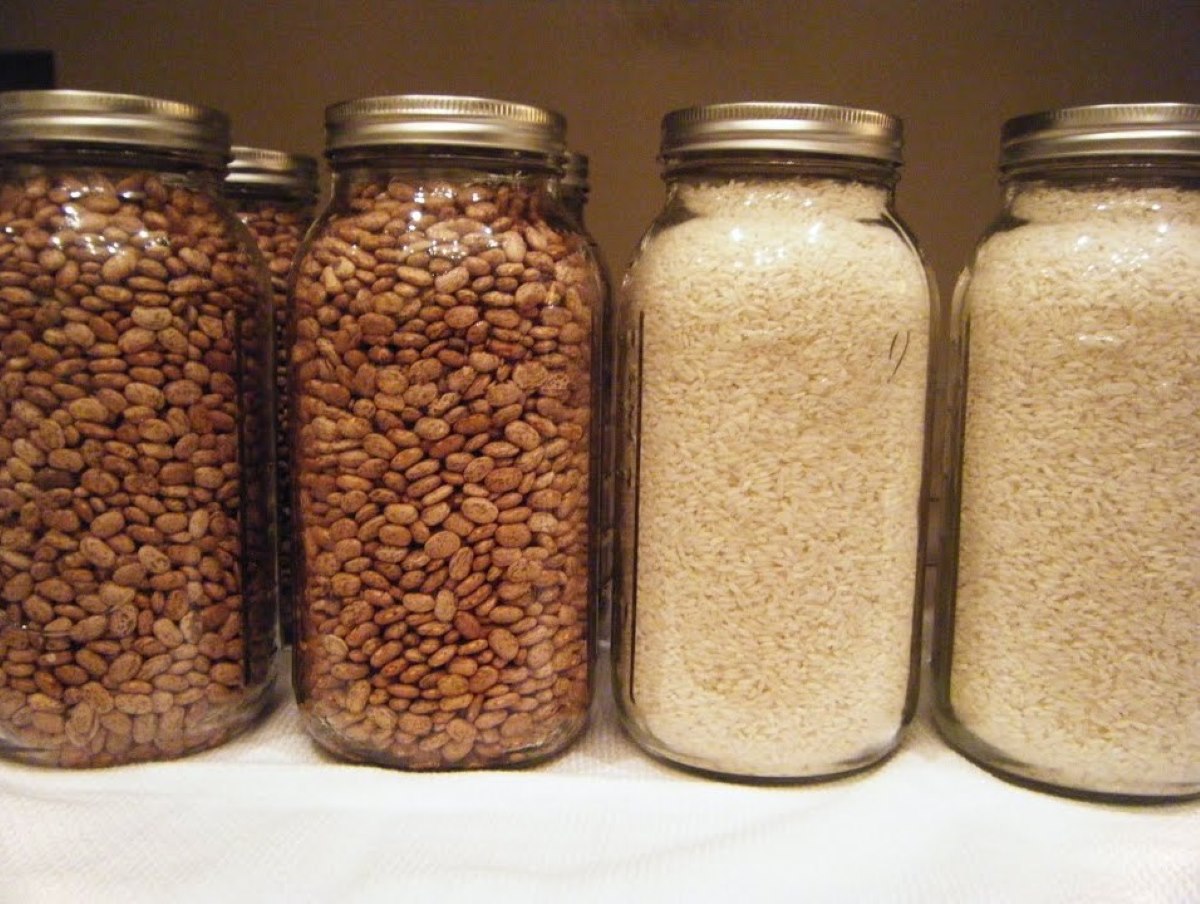


0 thoughts on “How To Store Dry Yeast Long Term”